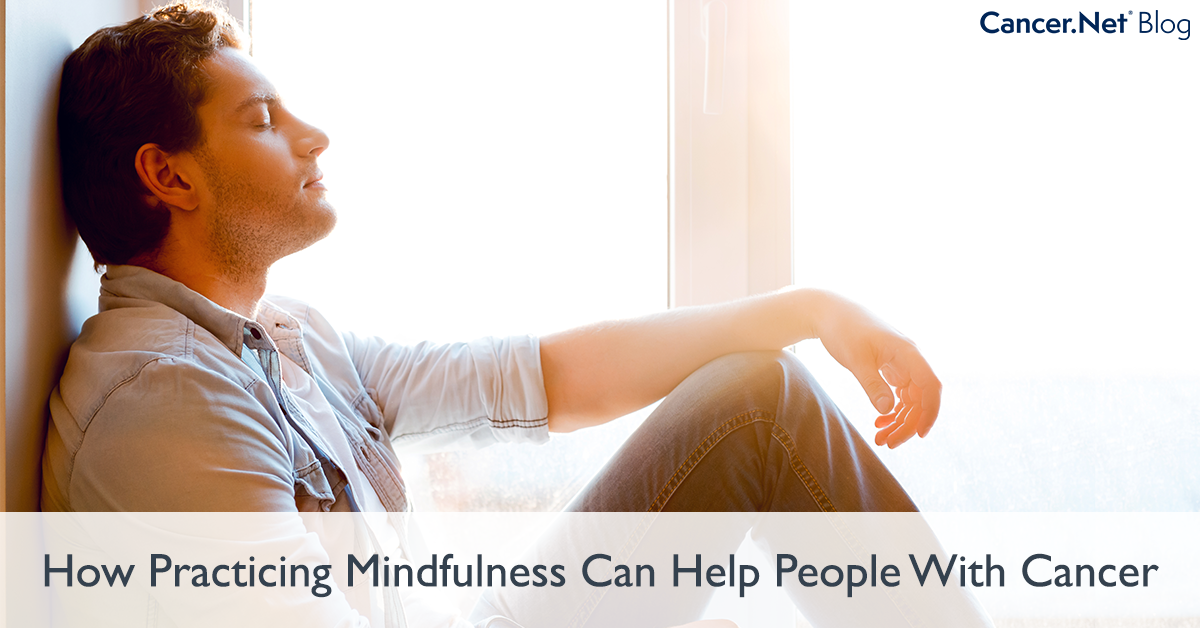
Barbara Clivio, PhD, LICSW, is a senior oncology social worker who formerly worked in the Breast Care Center at Beth Israel Deaconess Medical Center in Boston, Massachusetts. Drawing on the wisdom of Tibetan Buddhism, she helped develop a mindful/meditation program for patients with life-altering diagnoses. Today, Dr. Clivio is in private practice in oncology social work and volunteers for Turning The Tide, an organization for people with ovarian cancer, where she facilitates a mindfulness group.
There are many times throughout the day that we find ourselves waiting—waiting in lines, waiting in traffic, waiting for medical appointments, or waiting for test results. For people with cancer, time waiting, especially for things like appointments or test results, can be stressful and can increase feelings of anxiety and worry. The expression “hurry up and wait” is a common experience for many people with cancer. But what if you could look at waiting as an opportunity rather than a problem?
When we think about the term “mindful practice,” what might come to mind is having to add one more thing to your to-do list. But what if learning to be mindful could feel soothing, calming, and give you a sense of well-being? What if it could be something to look forward to, particularly during the times you find yourself waiting?
What is mindfulness?
It is often easier to understand what mindfulness is not, and that is distraction. For example, how many times per day do you misplace your glasses or car keys? Or, most of us have had the experience of driving a car in autopilot while our attention is elsewhere. Being distracted can make us feel less connected to ourselves and our feelings. The more distracted we are, the less we feel in control.
Living with a cancer diagnosis can be very challenging as you face uncertainty, worry, and change. Your life before cancer and your life now can feel worlds apart. It is no wonder that anxiety and fear are common reactions to living with cancer.
Now, imagine for a moment that you could create a calm, comforting, quiet place within you. It is like the water deep below the surface of the sea. Whatever is happening on the surface of the water does not stir the peaceful water below. This is what mindfulness can feel like. Becoming mindful can reduce anxiety, tension, and worry while increasing a sense of control and peace. Our minds are very active with lots of thoughts about the past and the future. Often, we react to the past with feelings of regret and react to the future with feelings of fear. But neither the past nor the future exist today. What truly exists is happening right now in this present moment.
Learning to follow your breath
Following your breath is one of many ways to become mindful in your day-to-day life. My experience in leading mindfulness groups, particularly for beginners, reinforces my belief that following your breath is an important first step in learning to be mindful. By following our breath, we learn to be in the moment. We learn to let go of self-criticism and judgment, and we discover a calm, stable place within ourselves.
What does it mean to follow your breath? It means bringing your full attention to your breath without trying to change it. Breathe normally. Focus on where in your body you experience the rise and fall of your breath. You may feel the movement of air in your belly, chest, or nostrils. Gently follow the cycle of your breath as you inhale and exhale.
If you are new to becoming mindful, remember that our minds are active and generate lots of thoughts and reactions. These distractions are common. When you realize that you are no longer following your breath, gently and with loving kindness return to your breath. This is why mindfulness is called a “practice” and why we think of our breath as our anchor to the present moment.
Tips for getting started with mindfulness
When you begin to practice mindfulness, it can be helpful to leave reminder notes around your house or in your car with the simple instruction: “Breathe.” You may find adding a phrase can be helpful, such as, “This breath, this moment.” By bringing your full awareness to your breath, you are calling yourself back to the present moment.
Below is a brief breathing exercise to help you get started. It may be helpful to read the following steps several times before starting.
-
Bring yourself into a comfortable position in your chair with your posture relaxed and open.
-
Close your eyes softly and relax your shoulders and arms.
-
Take a slow, deep breath and then gently, slowly inhale. You can count to 4 on the inhale and 6 on the exhale.
-
Repeat steps 1 to 3 again before returning to your natural breath.
-
Bring your full awareness to the slow, effortless rise and fall of your breath.
-
Before opening your eyes, say softly and quietly to yourself, “This breath, this moment. I am relaxed and calm.”
I would like to leave you with some comments from the women in my mindfulness group about how the practice has helped them during cancer.
“When I practice being mindful, I feel less stress and more at peace,” said Shelley.
“When I breathe mindfully, I feel relaxed, calm, and at peace,” said Susan.
“Being grounded in the present moment has helped me a great deal in coping with the reality of my cancer diagnosis,” said Mary.
I hope you find similar solace through your own mindfulness practice.
The author has no relationships relevant to this content to disclose.
Listen to a mindfulness practice led by the author.







